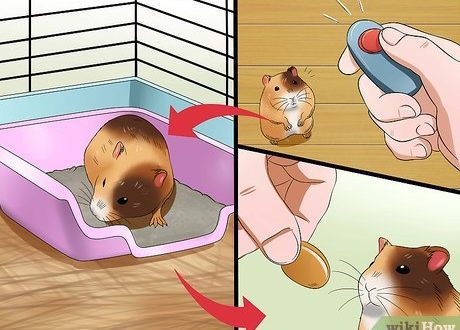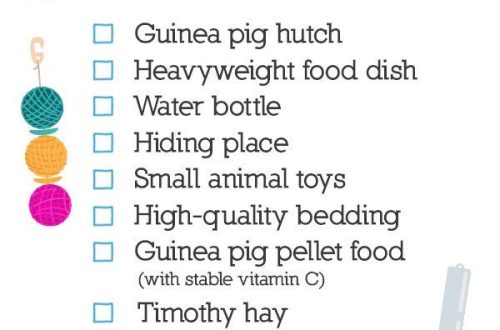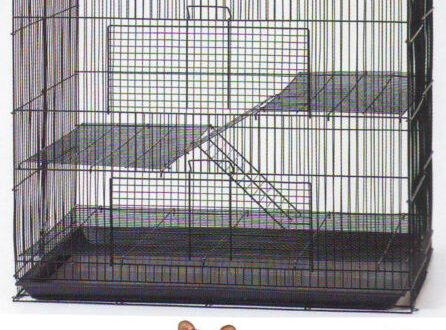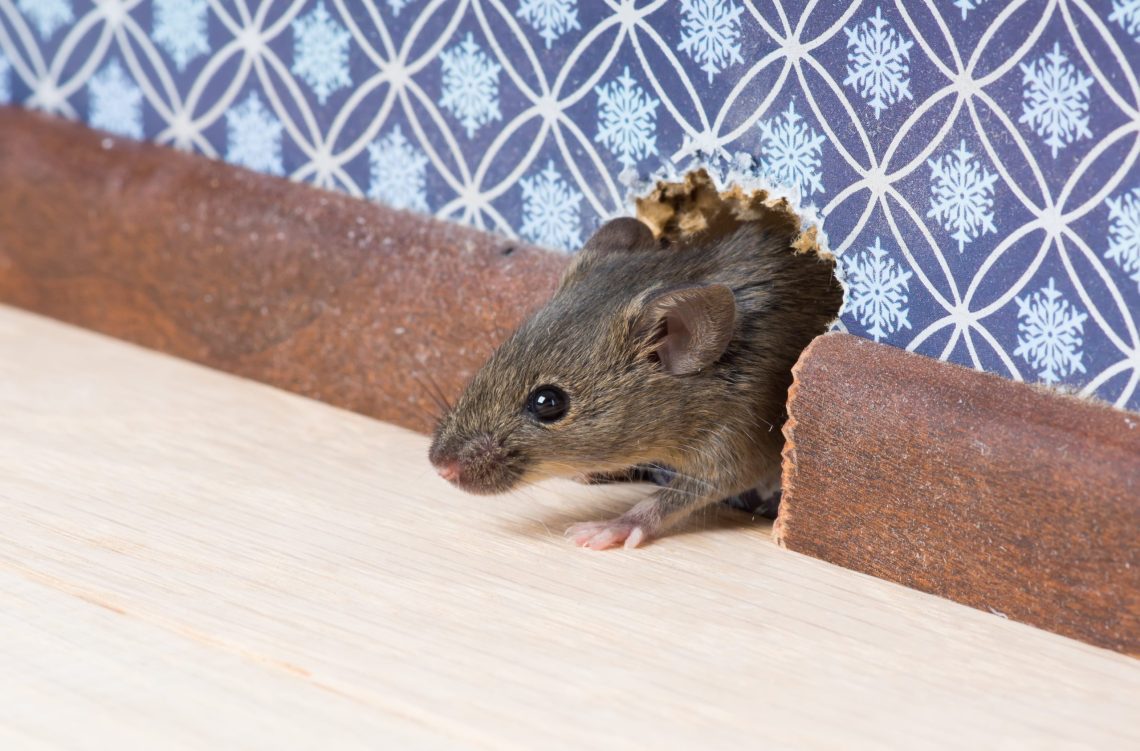
What to feed a rodent in the spring?
Spring is a great time to treat your pet rodent to tasty grass, juicy fruits, and healthy vegetables. But it is important to follow certain rules so that the feeding of rodents is balanced, and the products offered do not harm small pets. We will tell you what to give the rodent and what is important to consider.
The spring diet of a rodent is no different from the winter and any other. Vitamins must be present in food for guinea pigs, rats, hamsters and other rodents. And such feed should be in the bowl of the animal all year round.
With natural feeding, it is very difficult to comply with the norm, and you can also inadvertently give your pet some inappropriate product. Even if all the nuances are taken into account, the animal may still not receive the necessary vitamins and feel unwell from this. Therefore, the owner will have to purchase an additional vitamin and mineral complex.
In order not to worry about the health of your little pet and not spend a lot of time compiling a diet, it is better to give preference to professional feeds that already have all the necessary minerals and nutrients.
But do not rush to buy the first food that comes across. It is important to study the composition and choose the option that has all the most important and beneficial for the health of the rodent.
Choose a food that contains a complex of nutraceuticals. This is an excellent prevention of beriberi, an additional source of vitamins, as well as protein, carbohydrates and dietary fiber.
Nutraceuticals maintain the balance of nutrients, compensate for the lack of vitamins and prevent the development of diseases that occur against its background.
But do not forget that a rodent should receive a balanced and proper diet every day. If you feed a pet for a long time with cheap food or even food from the table, and then buy high-quality food once, then nothing will change.
Never offer sweets, candy, cookies, chips, popcorn, or other similar foods to rodents. They can kill an animal in minutes.
Greens are a great option. But the grass that you can find in the spring under the melted snow is completely unsuitable for domestic rodents. Street grass is saturated with toxic substances and polluted. Simply washing under running water and even soaking is a futile exercise. A rodent can be poisoned by such greenery.
In the diet of a rodent, fresh grass should still be. You can grow it yourself from the seeds of oats, wheat, millet, clover, sunflower, etc. It is very simple and fast: in 5-7 days a beautiful green lawn will appear in the pot, which does not need special conditions and fertilizers. Rodents eat such greens with great pleasure.
It is better to buy seeds for sprouting in a pet store, they are sold in the form of a grain mixture or in individual packages. The product must be marked that the grain is not processed and can be germinated.
Rodents can be given:
leaves of a dandelion,
camomile,
wheatgrass,
heather,
clover,
plantain,
currant and raspberry leaves,
sedge,
sleepy,
dill,
parsley,
celery,
cilantro.
Wild plants should be collected in ecologically clean areas, away from roads and factories, i.e. in the country. But even in this case, the grass must be washed and dried thoroughly. Give the rodent only dry greens, because wet ones can cause gas and bloating.
Do not offer your pet a lot of greens at once, but gradually introduce them into the diet. Grass in large quantities can provoke problems with the gastrointestinal tract.
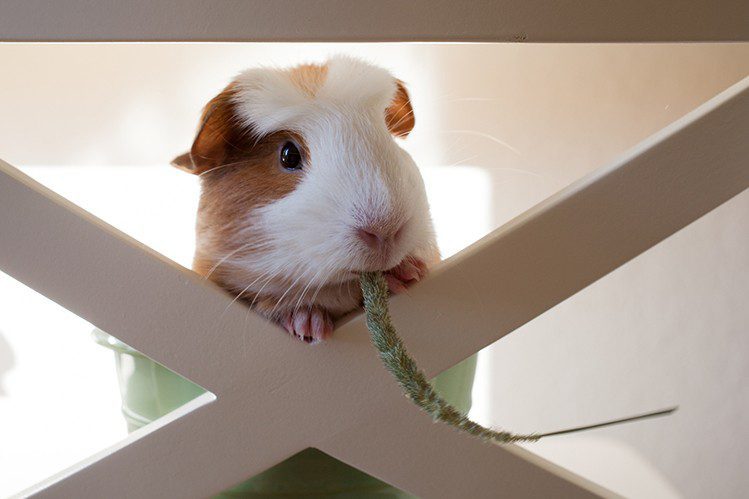
Hay in a rodent cage should be freely available and in large quantities. For herbivorous rodents, hay is the basis of the diet. On hay, as well as on feed, you can not save. It should be green, not yellow, smell delicious, and be free of dust and dirt. It is better to choose professional rodent hay suitable for feeding (eg Fiory).
Hay with chamomile, alfalfa, clover usually arouses more interest in rodents than simple hay. In addition, these are additional nutrients. Between alpine and meadow, stop at the first: it is more nutritious and tastier.
Choose special hay for rodents in pet stores, do not take blanks from private and unverified sellers, because such hay may contain parasites. Plus, you know nothing about the storage conditions and nutritional value of such hay.
Buying hay at a pet store is not always a guarantee of its quality. Mold can develop in hay if stored improperly, so carefully inspect the package before purchasing.
They must be present in the bowl of your guinea pig, rat, hamster and other rodent animals. But remember that for each species of rodent, there are permitted and prohibited fruits and vegetables. Please consult your veterinarian regarding this. He will not only tell you what foods can and cannot be given to a rodent, but will also recommend a diet specifically for your pet, depending on the state of his health.
A guinea pig will happily eat seedless grapes, plums, pears, apples, peaches, strawberries – in small quantities and not often, because. fruits are high in sugar. But dates, persimmon, lemon, pomegranate, grapefruit cannot be given to pigs. Potatoes, radishes, horseradish, radishes, onions, garlic are prohibited from vegetable crops.
Rats can be treated with watermelon, apricot, grapes, cherries, peaches, apples – almost any fruit. But these rodents should not eat rhubarb, radish, turnips, cabbage and beans.
Hamsters, unlike rats, should not be offered watermelon. Also banned are kiwi, pineapple, pomegranate, persimmon, potatoes, white cabbage, onion and garlic. But you can please your beloved “hamster” with an apple, grapes, peach, pumpkin, carrot, bell pepper, cucumber, tomato.
If you have planned a vacation abroad in the spring and are going to bring home such exotic fruits as mango, papaya, passion fruit and others, then leave them for your feast. It is better for rodents not to put such fruits in a bowl, because the reaction to them can be unpredictable and, most likely, negative.
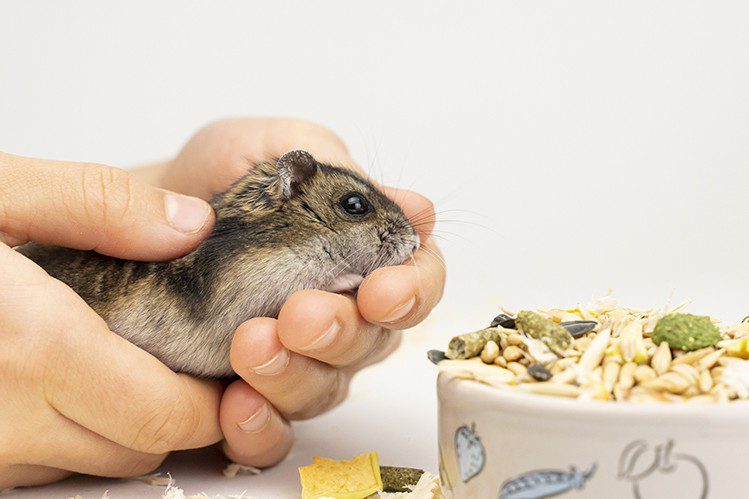
Be sure to follow the feeding norm. Do not overfeed the rodent, do not give him too many treats and sweet fruits. Pour food into the bowl at the set time and exactly in the amount that the animal is supposed to. The feeding rate is indicated on the package. Any questions related to your pet’s diet should be directed to your veterinarian.
The diet of the rodent must be balanced. New food should be introduced slowly and observe the reaction of the baby. If you are unsure whether a particular food is acceptable, then either consult your veterinarian or do not offer your pet a new food at all.
Be careful what you give your pet. Rodents have a very fragile digestive system, so even a small piece of a spoiled or prohibited product can lead to the death of the animal in just a matter of minutes.
We wish your pets the most healthy menu!



